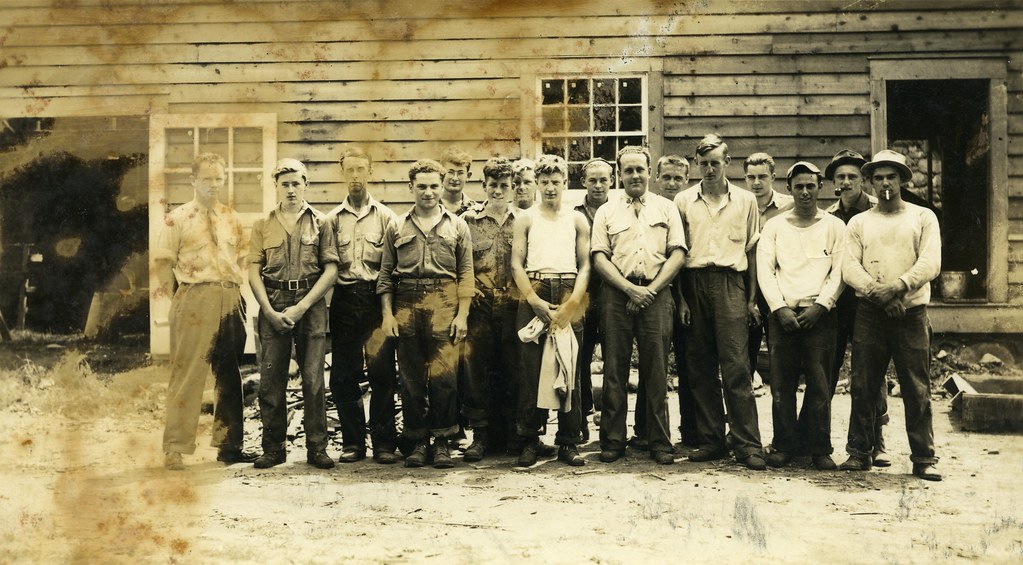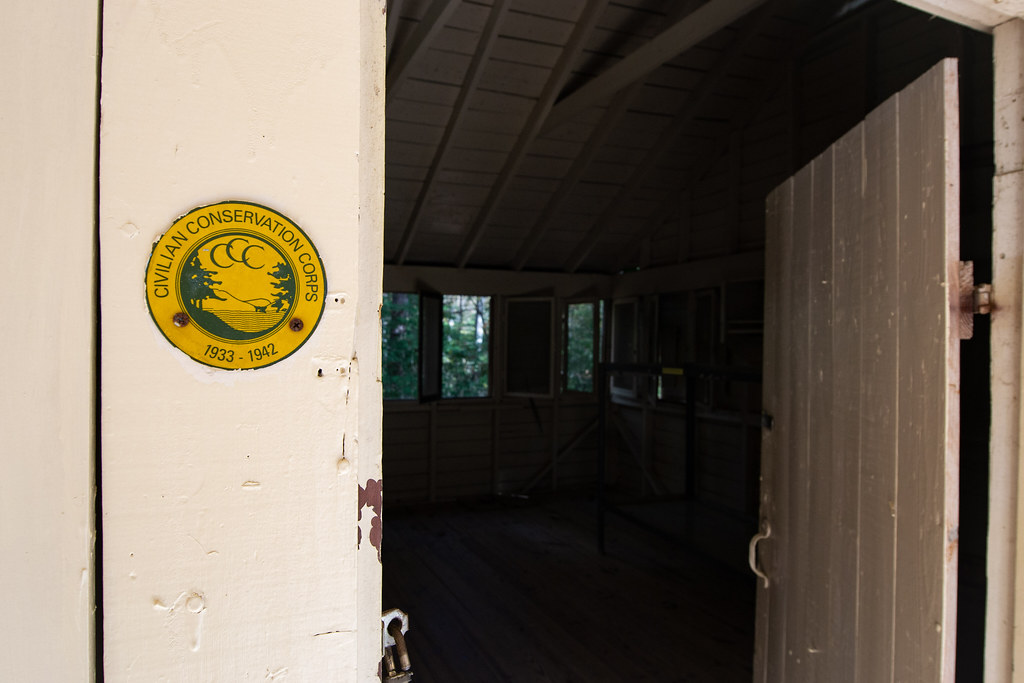Civilian Conservation Corps: A collective solution with a lasting impact

By Jake Richards, Data Specialist Individual Placement / AmeriCorps Member placed at Minnesota Department of Natural Resources, Division of Parks and Trails

Nearly a century ago, in the late 1920’s and early 1930’s, the American economy was in shambles. The Great Depression was in full swing, and the American government was grasping for answers to relieve a struggling body politic. After winning the Presidential election in 1932, the newly elected leader of the nation, Franklin Roosevelt (FDR), decided he needed a “radical” proposal to pull his nation out of its quagmire. His solution to the issues of the day was the famous “New Deal”, which was a massive piece of legislation that included tons of different social programs and reforms. One of those programs, the Civilian Conservation Corps or (CCC), became a key program offered by the government.
The goal of the CCC, after its creation in 1933, was to offer work programs for young (17-28), single men that allowed them to work to conserve natural resources and develop rural government lands. These jobs paid the men a decent wage, with requirements that they send money back to their families as a form of wider economic relief. On top of the wage, the men were provided food, clothes, and shelter in a “military fashion” while crews worked in public lands, forests, parks, and waterways. At its peak, over 300,000 men were enlisted in the corps and over 3 million individuals worked within the program until its closure in 1942. This figure doesn’t include the much smaller “She-She-She Corps”, a similar program for women which came in the later days of the CCC but would raise the number even higher. This wide participation gave the program another facet of success on top of its resource conservation, a new public appreciation and respect for the outdoors and the nations natural resources. A cultural phenomenon that has led to many other programs, organizations, and ideas long after the CCC was closed.

One such organization that has direct ties to the CCC, is our organization, Conservation Corps Minnesota & Iowa. The example and foundation aspects that the Civilian Conservation Corps displayed almost a century ago, allows of us involved here at CCMI to continue the legacy of environmental stewardship and conservation. As our world continue to change, both physically and socially, it remains of extreme importance to look to each other to protect and support our natural world. Only by working together as a collective can we ensure our planet’s natural world remains as beautiful for future generations as it is in the present.
Sources:
www.nps.gov/articles/the-civilian-conservation-corps.htm